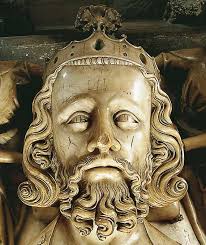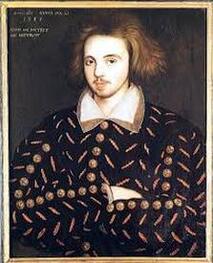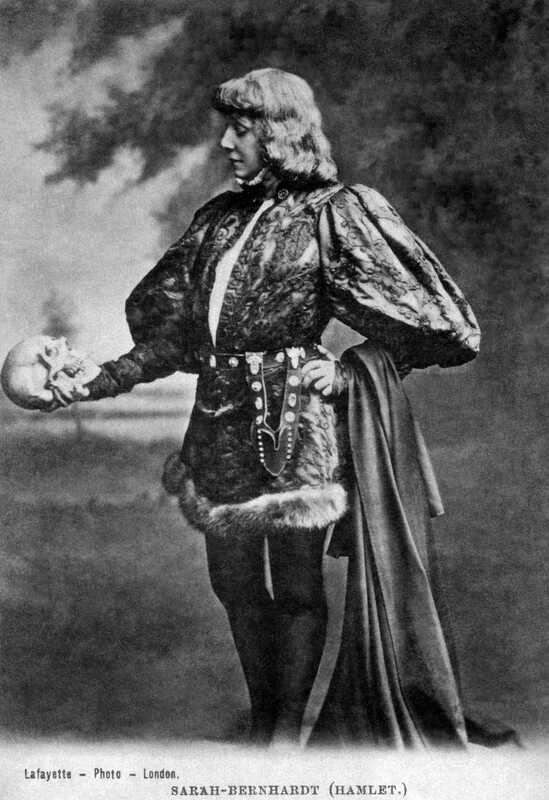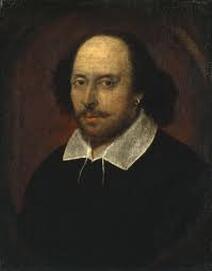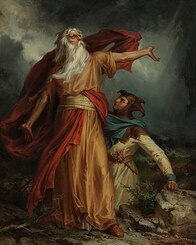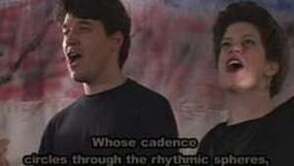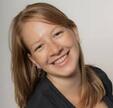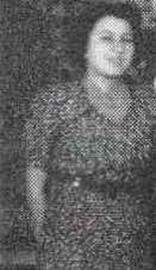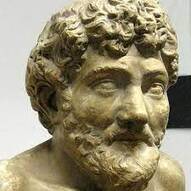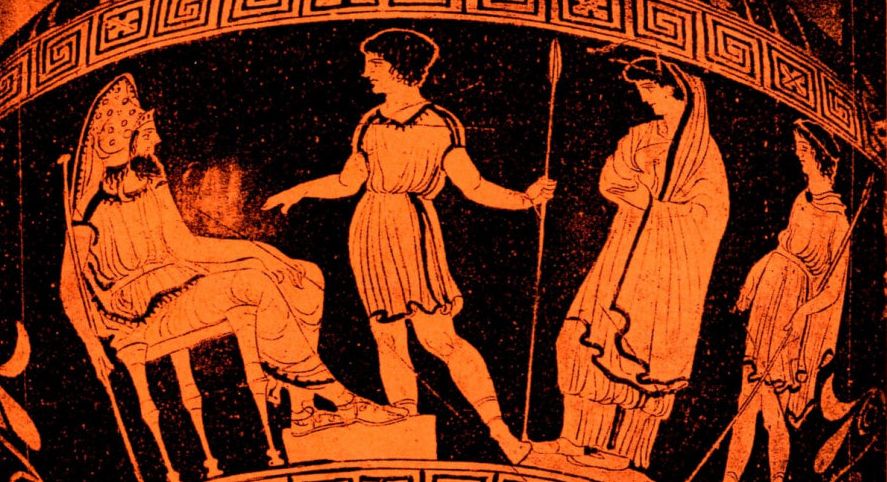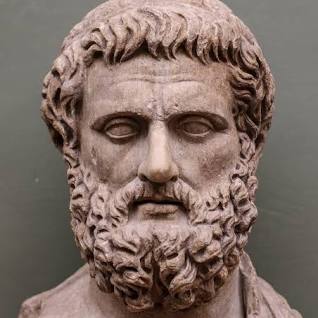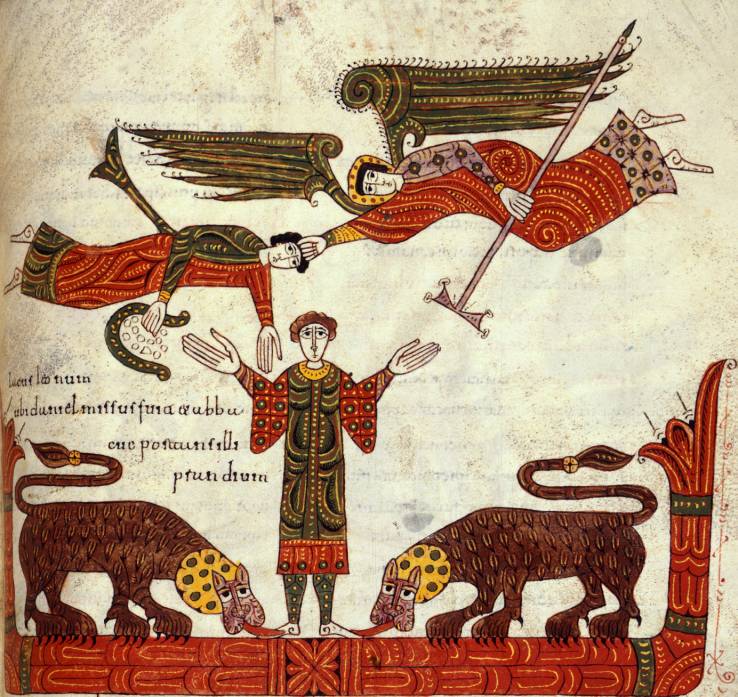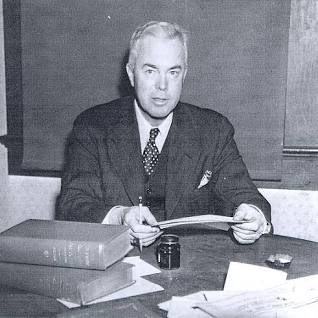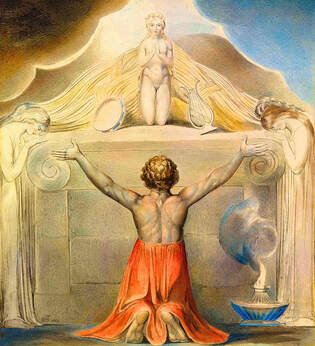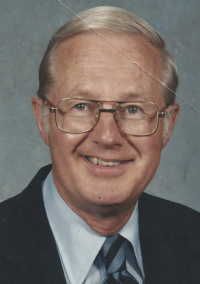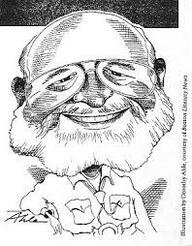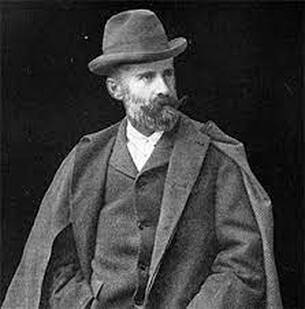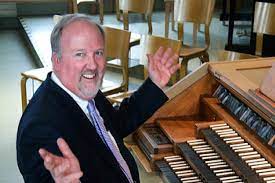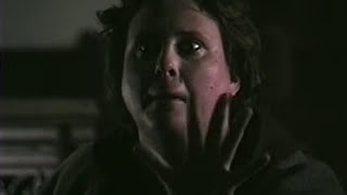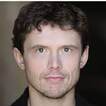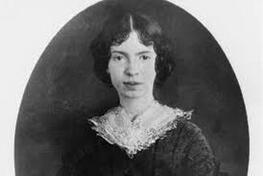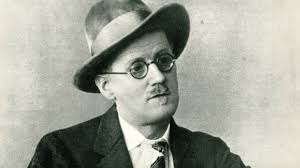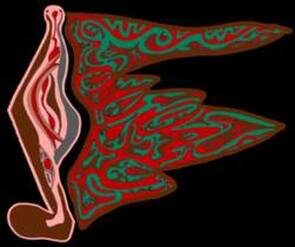Key to preferred voice types: C: coloratura or high soprano; S: soprano; M: mezzo-soprano; A: alto; Ct: countertenor; T: tenor; b: baritone; Bb: bass-baritone;
B: bass; N: narrator. Fachs and genders may be switched as desired.
Book I: Full Length Operas: Medium Size Orchestra:
|
1. Edward II: 2 hours & 22 minutes: Two Acts (72/72: 40 #s: 6 Tableaux). Libretto by the composer after the play by Christopher Marlowe. C T T b bB (B), narrator (B). A gay king and his lover are tormented by his ex-wife and her lover. Narrations updated in 2022.
1a. Edward II: medium sized orchestra: 2+2+2+2+; 2/2/2/1; 2 perc., harp, piano & strings. 1b. Edward II: chamber ensemble. Thanks to a very generous grant from Daniel B. Kelly, this version was professionally recorded by The Acting Singers Project in 2010 at Futura Studios in Roslindale, MA. Mike Burke, chief recording Engineer. |
King Edward II
|
|
The singers were: Carol Millard C: Queen Isabella; Michael Belle T: Gaveston; Christopher Aaron Smith T: Mortimer; Brett Johnson b: Edward III; Thomas Dawkins Bb: The Executioner; Drew Hubbard Bb: Lightborn; DEW Bb: Edward II. The instrumentalists were: Carol Millard: flute/piccolo; Thomas Dawkins: English horn/bassoon/contrabassoon; Christian Contreras: clarinet/tenor saxophone; Russell Southcott: guitar (alternate version, with harp); Leah Kosch: piano; Priscilla Chew: ensemble 'cello & Sam Ou: solo 'cello. Dedicated to the cast and crew.
To hear "Edward II" please click on Edward II or Christopher Marlowe to the right: |
C. Marlowe, playwright
|
1c. Edward II: with piano. Nine selections were recorded by Olive Woodward S as Isabella; Andrew Cohen Ct as Edward III; David Swerdlove B as Lightborn; Ken Orton b as The Executioner and Bill Hays (T) and the composer (Bb) sang various roles. Bob Winkler was the pianist. Two arias were performed on January 27, 2012 with Boston Metro Opera by Carol Millard, C and pianist, Yelena Birayeva; They were joined in a love duet with Christopher Aaron Smith. T. Please click below to hear these three selections:
Carol MIllard, high soprano, as Queen Isabella
Christopher Aaron Smith, tenor, as Mortimer
Michael Belle, tenor, Brett Johnson, baritone, Thomas Dawkins, baritone, Drew Hubbard, bass-baritone,
Gaveston Edward III executioner Lightborn
Gaveston Edward III executioner Lightborn
|
2. Hamlet: 2 and a half hours; 52 numbers in Three Acts (55/40/55); for 7-8 singers: C S M (A) CT (or b) T b bB, 3 mimes and attendants; politically updated libretto by the composer based on the play by William Shakespeare. Murder mystery. 2a. Hamlet: 2+/2+/2+/2+; 2/2/2/1; percussion, timpani, harp, piano, celesta & strings. 2b. Hamlet: Commissioned by Boston Metro Opera. Dedicated to Christopher Aaron Smith, and the performers: Act I, scene i was premiered, and "Laertes' Lament" (II/iv) was performed on May 12, 2012 by Boston Metro Opera with Carol Millard C as Gertrude, Susan Craft Larson M as Laertes, Christopher Aaron Smith T as Hamlet, and the composer Bb as Claudius, accompanied by pianist, Osnat Netzer. Boston Metro Opera then performed about a third of the work: I/i, I/v (partial); II/ii and II/iv with Carol Millard C (Gertrude); Sophie Michaux M (Leartes); Christopher Aaron Smith T (Hamlet); David Edgar Walther Bb (Claudius) and pianist, Artem Belogurov on December 15, 2012 with a lecture by Daniel John Carol. "Laertes' Lament" (II/iv) was premiered by mezzo-soprano, Susan Craft Larson, with pianist, Yelena Birayeva at Boston Metro Opera on January 27, 2012. Please click on the button below to hear Ms. Craft's performance of "Laertes' Lament;" |
Sandra Bernhardt as Hamlet
Wm. Shakespeare, playwright
|
|
3. King Lear: 91 minutes & 40 seconds: 2 Acts: 5 Tableaux (13 scenes); may be performed with or without an intermission. Based on the play by William Shakespeare; 42 numbers for 5-7 singers: C S M/Ct A T b/M B and narrator. King Lear favors his two flattering daughters over his honest, faithful one. Gloucester, likewise favors her untrustworthy son over her devoted one. Genders and fachs may be changed. Cordelia and Edgar may be played by one singer (M, Ct or b), as may Lear and Gloucester (A or B). Faithful to original with massive cuts in cast and text. The narrator is the blind Gloucester (B or A) at an older age. Narrations updated in 2022. Narrations and possible casting updated in 2023: Cordelia as trans (Ct); Edgar as
trans (M) or gay (b) 3a. King Lear: 2+/2+/2+/2+; 2/2/1/1; 3 percussion, timpani, harp, and strings. 3b. King Lear: with piano. |
King Lear,
by George Frederick Bensell |
4. The Balcony: two hours and 13 minutes: 2 acts (66m/67m: 11 scenes); libretto by the composer after the play by Jean Genet (u.c.), as translated by Bernard Fretchmann (u.c. until 2053); 4 to 12 singers: SMTB or 4S M 3T 4B, includes spoken dialogue and monologue, micro-tones, and sprechstimmer. The inclusion of more mimes greatly helps the production. At the center of a war between the royalists and the rebels is Madame Irma's "House of Illusion." Central question: is the war itself real or illusion?
4a. The Balcony: with orchestra: 2+/2+/2+/2+; 2/2/2/1; percussion, timpani, banjo, guitar, piano, celesta, harp and strings.
4b. The Balcony: with piano. The Bishop's fantasy (Act I, scene v: 19 minutes) was cablecast on BNN TV with Emma Rahn-Lopez, S, as Dove; Meg Raines, M, as Madame Irma; the composer, Bb, as The Bishop. The pianist was Shinobu Takagi. Directed by Richard Mott. Dedicated to the performers and director. Text permission granted by
the publisher. The Bishop's opening monologue was performed several times by the composer with Dr. Sam Walter, pianist.
Jean Genet, playwright Richard Mott, director Shinobu Takagi, pianist Bernard Fretchmann, translator
Book II: Opera Cycles: Various Instrumentations
1. When Animals Speak: One hour & 23 minutes. Any of the four operas may be performed separately. An intermission follows The Swallow and The Prince. "Cat Duets" by Merton Brown and/or "For My Child" by Dr. Sam Walter (my father) may also be included in Parrot II. After extensive, and unproductive search, it is impossible to know whether the text to "For My Child" is under copyright (Dr. Walter may have written the text for this piece. in which case I, and my hiers, are the copyright holders until 2058.) The work of Merton Brown is under copyright until 2070. The text to the first duet is under copyright.
Parrot I: The Swallow and The Prince: 45 minutes, 7 scenes; for 2-3 high and 2-3 low voices. A statue of a prince overlooks the city he once governed, and enlist s a swallow to enrich the poor with his gems. Libretto by the composer after the Oscar Wilde story: "The Happy Prince" with poems by the same author. Inspired by the play by Nona Balakian, book review editor of The New York Times. At age about 10, I played the (silent) prince; Suzanne Nalbantian (about age 12) played the sparrow, in our NYC apartment.
This opera may be performed separately from the rest of the cycle.
1a. The Swallow and The Prince: with orchestra: 2+/2+/2+/2+; 2/2/1/1 percussion, celesta, piano, harp & strings.
1b. The Swallow and The Prince: with flute, clarinet, violoncello, & piano. Withheld.
1c. The Swallow and The Prince: with flute & piano: dedicated to all of the performers.
|
Premiered by The Acting Singers Project with Carol Millard, C, and flute, The Swallow; Sarah Griffiths S,The Caring Lover & The Dramatist; David Thorne Scott T, The Sick Lover & The Fisherman; the composer, Bb, The Prince; and Karla Kelley, pianist; with cinematography by Lewis Wheeler.
To watch the first production please click on either of the lovers to the right: |
David Thorne Scott & Sarah Griffiths
as The Lovers |
on June 6, 2015 at The First Unitarian Universalist Church of Dedham, MA, USA: Carol Millard, C & flute, The Swallow; Adriana Repetto S, Patient & Fish Catcher; Susan Craft Larson M, Nurse & Dramatist; DEW Bb, The Prince; Leah Kosch, pianist; Dahne Naher, the narrator; recorded by Mike Burke. This performance was sponsored, in part, by a grant from the City of Dedham Arts Council all proceeds went to the Dedham Food Pantry.
|
To hear the Dedham performance
please click on eitherThe Swallow or The Prince below: David Edgar Walther & Carol Millard
as The Prince & The Swallow Please use the PDF to the rigtht to see the score to the first scene. To hear the first scene of The Swallow and The Prince, please click on the button below: |
|
Pianists: premiere/video; ASP Dedham grant; Music Now ASP Concert at 1st & 2nd
Karla Kelley Brenner Leah Kosch Merton Brown Shu'ann Chai Dr. Sam Walter
1d. The Swallow and The Prince: with piano. Scene I was also performed with: Shinobu Takagi, Mary Saunders, and Janet Wheeler, as The Swallow, and: Brett Johnson & Drew Poling as The Prince and with pianists: Merton Brown, Shu'ann Chai & Dr. Sam Walter, among others. On January 27, 2012, Carol Millard, C. as The Swallow; T. Christopher Aaron Smith, T. as The Prince and pianist, Yelena Birayeva performed one selection with Boston Metro Opera. Please click below to hear this aria:
1d. The Swallow and The Prince: with piano. Scene I was also performed with: Shinobu Takagi, Mary Saunders, and Janet Wheeler, as The Swallow, and: Brett Johnson & Drew Poling as The Prince and with pianists: Merton Brown, Shu'ann Chai & Dr. Sam Walter, among others. On January 27, 2012, Carol Millard, C. as The Swallow; T. Christopher Aaron Smith, T. as The Prince and pianist, Yelena Birayeva performed one selection with Boston Metro Opera. Please click below to hear this aria:
Oscar Wilde, poet & story teller
Andover Academy ASP: Dedham grant Music Now ASP !st & 2nd
Shinobu Takagi Brett Jonson Susan Craft Larson Adriana Repetto Mary Saunders Drew Poling Janet Wheeler
Swallow Prince Sister, Dramatist Sister, Fisherwoman Swallow Prince Swallow
|
1e. The Swallow and The Prince: Nona Balakian, book review editor for The New York Times wrote a play based on "The Happy Prince" by Oscar Wilde. At age 10, I was asked to play the (mute) role of The Prince. Our next door neighbor, Dr. Suzanne Nalbantian, age 12, was to be The Swallow. I said that I would do it if she kissed me. I'm not sure what happened... but I'm sure that we didn't kiss. Later I used this play as inspiration, and hid the script "where I'd never lose it." I never found it again, so I used the story and poems by Oscar Wilde to write the opera.
|
Nona Balakian, playwright;
|
Dr. Suzanne Nalbantian,
Swallow |
|
Parrot II: Aesop's Fables: 4-8 voices; 28 minute & 15 second
set, with libretti by the composert based on the fables of Aesop. Dedicated to the performers. 2a. Aesop's Fables: 2/2+/2+/2+ 2/2/1/1 percussion, timpani, harp & strings; unperformed. 1. The Fox and The Raven: 5 minutes. ob., vla., & vc. solos. 2. The Lion and The Mouse: 13 minutes & 45 seconds. medium orchestra. 3. The Ant and The Grasshopper: 9 & half minutes; fl., bn., 2 tpt., trb., tb. gng. & hrp. |
Aesop: Story teller
|
2b Aesop's Fables: with piano as above:
1. The Fox and The Raven: Premiered in 2010 by Boston Metro Opera, Christopher Aaron Smith, tenor, as The Fox; & Cecilia Allwein, high soprano,
as The Raven; with the pianist, Aaron Likeness.
2. The Lion and The Mouse: Premiered in 2010 by Boston Metro Opera by
Christopher Aaron Smith, tenor, as The Mouse;& David Edgar Walther, bass-
baritone,as The Lion; with the pianist, Aaron Likeness.
3. The Ant and The Grasshopper: Two sections premiered in 2010 by Boston
Metro Opera by Roselin Osser, mezzo-soprano Human I; & David Edgar Walther,
bass-baritone as Human II; with pianist, Aaron Likeness.
1. The Fox and The Raven: Premiered in 2010 by Boston Metro Opera, Christopher Aaron Smith, tenor, as The Fox; & Cecilia Allwein, high soprano,
as The Raven; with the pianist, Aaron Likeness.
2. The Lion and The Mouse: Premiered in 2010 by Boston Metro Opera by
Christopher Aaron Smith, tenor, as The Mouse;& David Edgar Walther, bass-
baritone,as The Lion; with the pianist, Aaron Likeness.
3. The Ant and The Grasshopper: Two sections premiered in 2010 by Boston
Metro Opera by Roselin Osser, mezzo-soprano Human I; & David Edgar Walther,
bass-baritone as Human II; with pianist, Aaron Likeness.
Roselin Osser, Human I David Edgar Walther, Human II, Lion Christopher Aaron Smith, Mouse Aaron Likeness, pianist
|
2. Moratorium: Any of the three may be performed alone. The total is around 2 hours. An intermission follows Antigon. 1. Antigon: Libretto by the composer after Sophocles. One or Two Acts: One hour & 15 minutes. SATB with optional chorus. Antigon must chose between burying her brother as a martyr or following the king's command and not burying him as he is declared a traitor. Calls for a moratorium on capital punishment. 1a. Antigon: with medium size orchestra: 2+/2+/2+2+ 2/2/1/1 perc., timp., piano, harp & strings 1b. Antigon for Brass Octet: 5 movements in 10 minutes, for 3 trumpets, French horn, 2 trombones, euphonium & tuba; rewritten for "Banquet Brass" of Japan: 2 trumpets in Bb, trumpet in A, French horn, 3 trombones & Tuba. Please see I/VIII/1 based on material from the opera. |
Antigone
Sophocles: playwright
|
1c. Antigon: with piano. Winner of the Boston Metro Opera Mainstage Award as part of their International Composition Contest. Premiered in November, 2010 with Sara Mayo, S; Angeliki Theoharis, M; Christopher Aaron Smith, T; Jeremy Collier, Bb; and Stewart Kramer, piano. Dedicated to the performers. To hear Antigon's final aria, sung by Sarah Mayo, please click on her image, below, to the left. To watch selections from "Antigon"
please click on The King, below, to the right:
please click on The King, below, to the right:
Sarah May, soprano, as Antigon Jeremy Colier, bass-baritone, as Knarsis
To hear two selections performed on January 27, 2012 with Boston Metro Opera; please click below to hear Christopher Aaron Smith; and pianist, Yelena Birayeva:
Christopher Aaron Smith, tenor as KeHoTec
|
2. Daniel: 32 minutes: after the medieval Play of Daniel: Ludus Danielis Petrus, C. E. 1109 (translation uc) STB soloists with chorus. Daniel foretells of the overthrow King Belshazzar, king of the Babylonians, by the army of the Medes & Persians.
A celebration of prophesy that calls for a moratorium on war. May be done as the second (3a. of Jepthah's Daughter, with larger forces) or third in the series (following the chamber version of Jepthah's Daughter, 3c. directly below.). 2a. Daniel: with sized orchestra: 2+/2+/2+2+ 2/2/1/1 1/1 piano, harp & strings. 2b. Daniel: with piano. |
Ludus Danielis Petrus 1109
|
|
3. Jepthah's Daughter: 19 minutes; poem by Robert Hillyer (uc until 2041); S or M, optional Bb, & mixed chorus; Jepthah promises to sacrifice the first living being he meets if he wins the battle. He is met by his daughter. This piece calls for a moratorium on blood all sacrifices. May be done as the second in the series, to contrast a lighter orchestration (3c. below) with the larger forces of the other two movements. This also emphizes its contrast of genre, as it is best performed as a dance piece; See IV/IV/3. 3a. Jepthah's Daughter: 2/2+/2+/2+ 2/2/1/1 2/1 & strings. If this piece is done as the third in the series it will emphasize its thematic similarities with Antigon, as well as emphasing the G tonal center. 3b. Jepthah's Daughter: 3a. piano vocal version. 3c. Jepthah's Daughter: with alto flute, percussion, violin, viola, 'cello & double bass (with low C extension) & small chorus. 3d. Jepthah's Daughter: 3c. piano vocal version. |
Robert Hillyer, poet
Jepthah's Daughter
br William Blake |
3. Two Myths: Both Myths require mixed chorus, soloists & a small chamber ensemble. The total time of is one hour, 17 minutes & 20 seconds. Either myth can be done separately.
|
Donald Maher, conductor
Bill Cavness, Narrator
|
1. The Other Wise Man (The Other Wise Woman): 45 minutes; libretto by the composer after the story by Henry van Dyke; a fourth wise man is prevented from his pilgrimage by various acts of charity; SSAABB, flute, bassoon, harp, hand bells, chorus, actors and narrator; Dedicated to Donald Maher, and the performers. Commissioned and performed by The Hancock Church, Lexington, MA, under Donald Maher. William Cavness, narrator. Performers included: Meg Weston S; Harriet Chamela, S; Marilyn Briggs, A; the composer Bb; and Isabel Plaster, bassoon. Cablecast in Lexington. Also performed at The United Parish in Brookline, MA under Peter Kaisarsky. Meg Raines, M & the composer Bb, were among the performers. Genders & fachs may be changed. Narrations & dialogue updated in 2022/23. |
Henry van Dyke, story teller
Peter Kaisarsky, conductor
|
2. Ritual: 32 minutes & 20 seconds; libretto by Drew Hubbard; Hero (S) learns lessons, faces a demon (T) and receives many gifts (from MAB). SAATB with chorus & flute; French horn; and violoncello. "Blessings on This House" won first place in the Boston Metro Opera International Composition Competition in the choral music category,
& was premiered, along with two additional performances, by BMO. See VI/1/1. The rest is unperformed. First posted for the Inauguration of President Joseph R. Biden and Vice President Kamila Harris on 1/20/21. Please click below, to hear this selection, as performed by Carol Millard, soprano, Susan Craft Larson, mezzo-soprano; Christopher Aaron Smith, tenor & Christian Contreras,tenor Saxophone with BMO:
4. Odds and Endings: one hour & 6 minutes long. Any of the four may be performed alone. "Angst Wagon" (5 minutes) by Rolv Yttrehus may be performed anywhere in the first half, except before Kali. It also does not fit in Part II.
Part I: Three Surrealist Operas:
1. Kali: 14 minutes: 2+/2+/2+/2+ 1/0/0/0 2 harp & violin solo: open strings. This is the longest opera that will ever be written: as it begins before the birth of all things and ends after all things have been destroyed, in the middle section inanimate objects interact and are led away by an actress playing open strings on a violin. Performed
(audio only) by Carol Millard: C; Danute Mileika: M & the composer: Bb. Performed with
a taped simulation. Dediated to the performers. Best performed as a ballet (see IV/IV/4).
Carol Millard, high soprano David Edgar Walther, bass-baritone Danute Mileika, mezzo-soprano
as beings before the birth of all things, and also as window, sofa, table, closet, pen, paper, also as beings after the end of all things.
|
2. Sineater: 19 minutes, for up to 6 voices and an actor; with viola, 'cello or piano. Dedicated to the performers.
The Sineater, actress, Vanessa Schukis "eats" the most minor of "sins" imaginable: Carol Millard: C; Anita Costanzo, A; Drew Polling, b & Polling, b; Shuann Chai, pianist. Performed pianist. Performed by The Acting Singers Project: To watch the video please click on The Sineater to the right: |
Vanessa Schukis as The Sineater
|
Drew Poling, baritone Shuann Chai, pianist Anita Costanzo, alto Lewis Wheeler,
& Carol Millard, soprano cinematographer
& Carol Millard, soprano cinematographer
3. Eye of Carrot: 12 minutes; A man (b or B) becomes pregnant & is blamed
for infidelity by his partner (S or M).
3a. Eye of Carrot: with percussion, piano & string orchestra; English version;
3b. Eye of Carrot: with string quartet & piano; English version;
3c. Oczami Marchewki: in Polish; with vibraphone, timpani & string quintet.
3d. Eye of Carrot: with piano: English version,
Part II: 4. Birthday on The Moon: 21 minutes and 25 seconds. Libretto and story
by the composer. A withheld chamber version was the second place winner in the
2011 Long Leaf Opera Competition. Finding the right birthday present is a problem for this coupls living on the moon: 1. Kathy's gift to Bill: a problematic robot, 2. A dream sequence; 3. Kathy uses the time machine to bring Bill Boris Godunov (because he liked the opera so much). Genders, names & fachs may be changed.
4a. Birthday on The Moon: S. A. T. B. 2/2/2/2 2/2/2/1 4 & timp. strings.
4b. Birthday on The Moon: S. A. T. B. and piano.
|
Book III: Cantata Ballets: 1A. Ample Make This Bed: Set in the 1980s, this is the story of two gay men, one contracts A. I. D. S.. 1B. Covid-19: Completed in April of 2020 during the covid-19 pandemic, Set in 2020, "Covid-19" is the story of two lovers. One contracts Covid0 19, In both cases the dancers are designated as A and B. |
Emily Dickinson, poet
|
1A. Ample Make This Bed & 1B. Covid-19: Other than the change of time & malady the two versions are identical; however, the political implications of 1A. are much more powerful than those of 1B. However, since 1B involves a more recent pandemic it might be seen as more relevant. 1B may also be more comfortable for conservative audiences.
See also IV/IV/1. Both versions incoporate around 50 poems by Emily Dickinson, in the public domain. Both versions are in three parts: If you click on her picture above, you can see all of the poems by this poet that have been set to music by David Edgar Walther.
Part I: Love: The couple meets and they fall in love. A is extremely taken with B. However B is wildly flirtatious (with C and perhaps other dancers) and B acquires A. I. D. S. OR covid-19. How far this "flirtation" goes, I leave to individual producers.
Part II: Nature: B is asymptomatic and transmits the virus to A.
Part III: Immortality: A eventually dies, but returns as an Angel. Along the way, the couple deals with betrayal, redemption and resurrection.
The Singers & Dancers: In the original version both A, B, the trios and choruses were all conceived as male. Gender makes no difference in the Covid-19 version. In this case.
the vocal parts can be performed by women up an octave. Both A and B correspond to the two dancers that they represent; C takes the other roles (& can be male or female). The cast would benefit from the use of additional dancers. There is a larger version: 1a. & (1 hour & 50 minutes, with orchestra & large chorus; 1b. is the piano version) & a chamber version: 1c. (95 minutes; with a smaller chorus or trio; & eight instruments; 1d. is the piano version) The timings & instrumental forces are listed below:
1a. Ample/Covid-19a: 1 hour & 50 minutes for a poetry reader (A), soloist (B); trio; chorus; small to medium sized orchestra: 2 2+ 2+ 2+ 1/1/1/1 percussion, timpani; harp; strings & at least 3 dancers.
1b. Ample/Covid-19b: piano vocal version of 19a.
1c. Ample/Covid-19c: 95 minutes (55 shorter movements); reader (A); soloist (B); trio and/or small chorus; English horn, clarinet doubling bass clarinet, bassoon doubling contrabassoon; D. B. string quartet, piano, & at least 3 dancers.
1d. Ample/Covid-19d. piano vocal version of 19c; This is the original version.
|
2. The Journey: 75 minutes, narrations by the composer with poems by James Joyce. A man must go to an alternate universe to destroy "The Beast" in order to save the world. As a gay man, he would be killed immediately, so he becomes a woman. "The Journey" may be performed as an oratorio, or as a staged opera (please see VII/III/2), but it is best performed as a ballet. Completed in 2024. Title with Jessica Mink, to the right. Please see V/Vb/2 "The Book of Runes" for more contemporary plain song to poems by James Joyce; & click on James Joyce, to the right, to see a list of settings of all of the Joyce poems as set by this composer. |
James Joyce, poet
Title with Jessica Mink, astrophysicist
|
|
2a. The Journey: with 2 narrators and 5 singers, mallets, percussion, piano, optional harp and D.B. string quartet (D.B.) or string orchestra.
2b. The Journey: with 1 narrator and 4 singers, percussion, piano, and viola. To see the score of this version, with it's correspnding piano-vocal score please click Drew's drawing to the right. The scores are at the bottom of that page. 2c. The Journey: piano vocal version; conforming with cast & narrations of 2a. or 2b. 2d. The Journey: with piano and synthesizer: The overture was performed by The Kinetic Dance Theater of Moscow. To hear six numbers,as recorded by DEW, bass-baritone, countertenor & synthesist; and to read the poems, please click on Drew Hubbard's artwork to the right; to hear the six excerpts, please click the black button below: |
Selections from The Journey,
artwork by Drew Hubbard. |

